Windmills and Goodbyes
< Start at the beginning of this series: Grand European River Cruise
Today was our last full day on the Viking ship Skadi, which brought about mixed emotions. Although we didn’t want the excitement to end, we were kinda ready for the excitement to end. We didn’t spend a whole lot of time in our stateroom, but it was small – and that’s a lot of togetherness. Jim enjoyed the balcony to read, which offered some relief, but sitting inside did not provide the true comforts of home for me, like flipping up my footrest on our leather couch. And we are not accustomed to being in a constant state of socializing. Sometimes we just want to have a day to do nothing – skip the shower and vegetate in front of the TV. This trip will be three weeks with none of that.
But since there will be plenty of time for couch-potato-ing when we get home and there’s still so much to see, let’s do this thing!
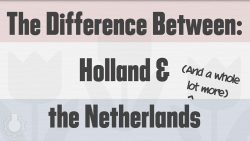 Every evening in the lounge before dinner, our Program Director Stein put on a short “Port Talk” where he would explain the next days’ excursions, reiterate times and locations, and inform us of changes or additions to the schedule – all in an effort to keep all of his ducks (us) in a row and (hopefully) problem-free. The evening before we docked in the Netherlands, he also shared a very funny video, which I’ll share with you here – just in case there’s confusion as to where we’re headed.
Every evening in the lounge before dinner, our Program Director Stein put on a short “Port Talk” where he would explain the next days’ excursions, reiterate times and locations, and inform us of changes or additions to the schedule – all in an effort to keep all of his ducks (us) in a row and (hopefully) problem-free. The evening before we docked in the Netherlands, he also shared a very funny video, which I’ll share with you here – just in case there’s confusion as to where we’re headed.
As we made our approach, I just have to say that I was terribly disappointed in the windmills in the Netherlands – they look just the ones in Wisconsin! (ha ha)
Ahh, here we go…
Today we are enroute to Kinderdijk – a village in the province of South Holland in the country of the Netherlands. At one time there were more than 150 windmills in this region and today Kinderdijk is home to 19 of the only 28 that still remain.
“In the beautiful wetlands around Dordrecht, you will find the windmills of Kinderdijk. Nineteen beautiful windmills, built around 1740, stand here as part of a larger water management system to prevent floods. Today, they symbolize Dutch water management, and in 1997 they were declared to be UNESCO World Heritage.
The windmills of Kinderdijk were built to keep the low-lying lands of the Alblasserwaard dry. Facing each other, they form an iconic Dutch scene. You can also admire many waterways, dikes, mills and sluices and discover how the Dutch have been using water to their benefit for over 1000 years.” – READ MORE
We only spent three hours in this lovely village, two of which were on our excursion. There we learned that the Netherlands has a long history of dealing with water and destructive flooding. With the mouths of three important European rivers along its 280 miles of North Sea coastline, it is quite an undertaking.
“For centuries, the Dutch worked to slowly push back the water of the North Sea, building dikes and creating polders (any piece of land reclaimed from water). Once dikes were built, canals and pumps were used to drain the land and to keep it dry.
From the 1200s, windmills were used to pump excess water off the fertile soil – becoming an icon of the country in the process. Today, however, most of the windmills have been replaced with electricity- and diesel-driven pumps.” – READ MORE
In 1986, the new 12th province of Flevoland was added, but they didn’t redraw borders from already existing Dutch land or steal it from their neighbors of Germany and Belgium. The Netherlands grew larger with the aid of dikes and polders. This brings us to the old Dutch adage “While God created the Earth, the Dutch created the Netherlands.”
It was lovely to see the lily pads and tall grasses along the waterway and enjoy a gorgeous day in South Holland.
As part of our excursion, we were able to take a look inside one of the two Museum Windmills and check out the Visitor Center. In the Molenwerkplaats (Windmill Workshop), there was a short presentation where guides explained how the windmills work and are maintained. It’s really quite interesting to hear how the blades had to be adjusted by hand to be in the best position to catch the constantly changing direction of the wind. An entire family would live inside and each family was required to keep their windmill in working order.
In the words of the UNESCO organization: “The Kinderdijk-Elshout mill network is an outstanding man-made landscape that bears powerful testimony to human ingenuity and fortitude over nearly a millennium in draining and protecting an area by the development and application of hydraulic technology.”
We had another fascinating day on the Skadi, but that’s all about to change. This afternoon’s cocktail hour included a toast from our Captain to celebrate our journey, and this evening’s Port Talk included a farewell and “until we meet again”. As hard as it was to say goodbye to the ship we’ve called home for over two weeks, we still have two nights in the fabulous city of Amsterdam – which we found was not nearly enough.
Next up: Amsterdam, The Netherlands
Happy trails,
Barb

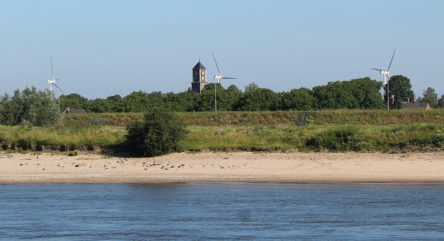
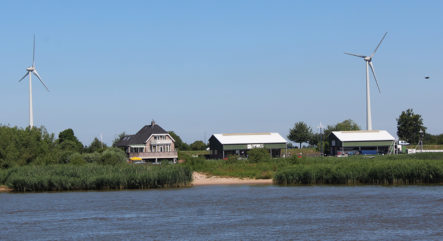
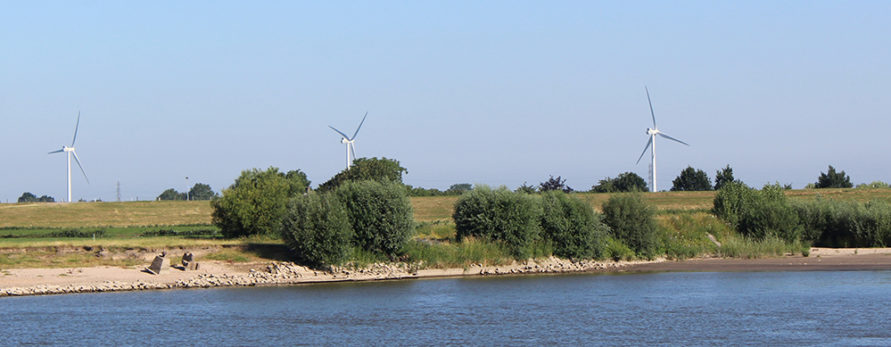
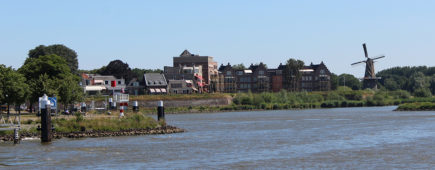


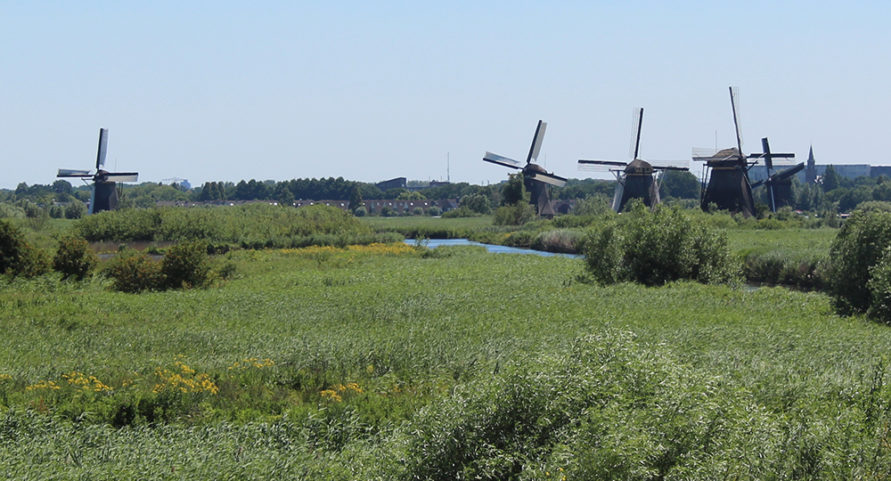
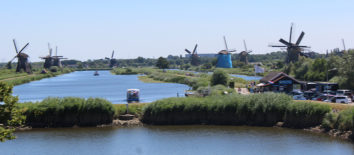
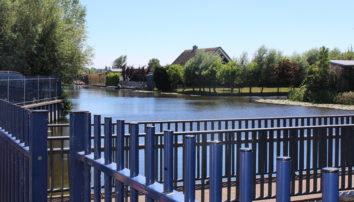

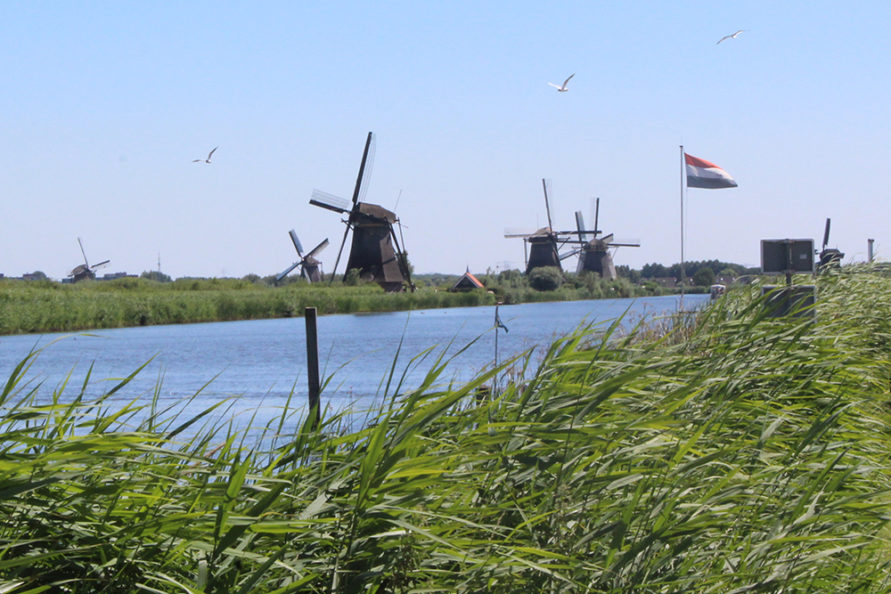
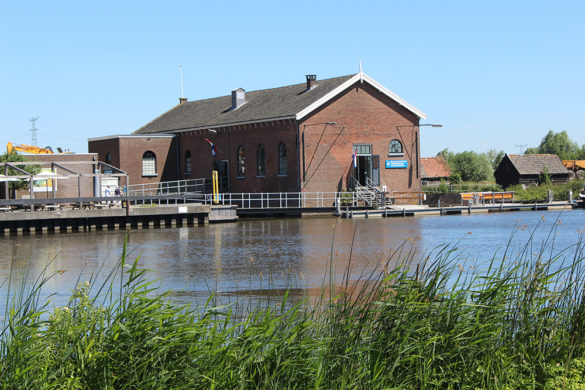
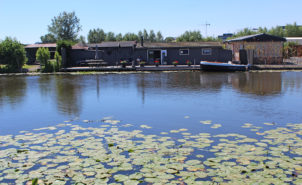
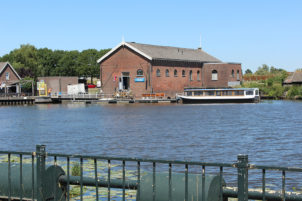

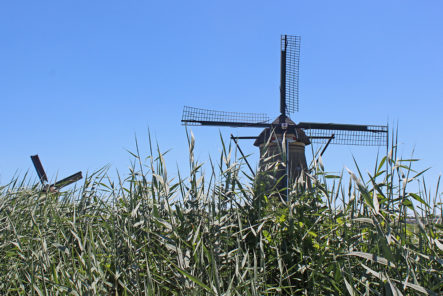
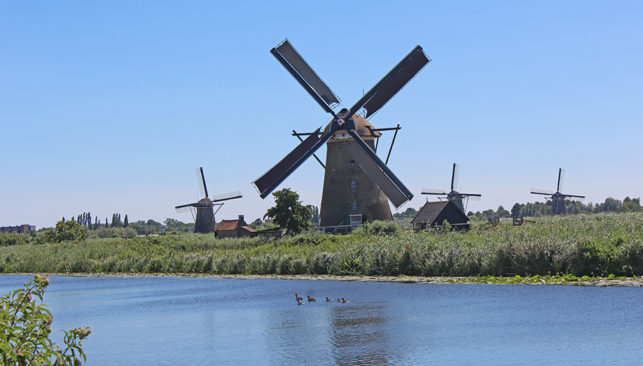
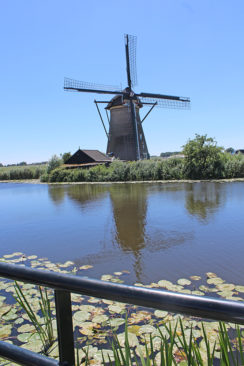
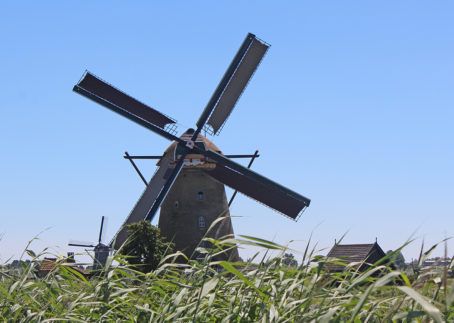


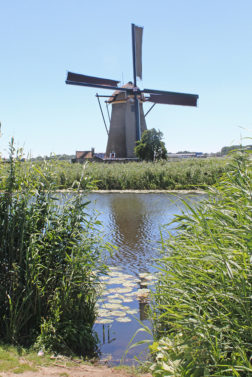
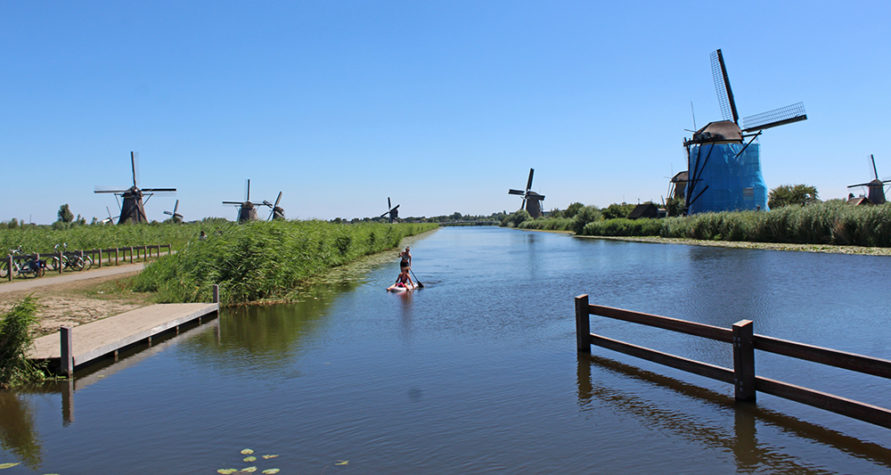
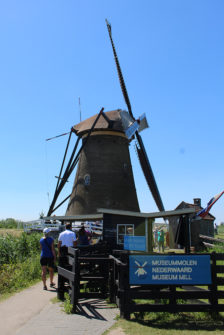

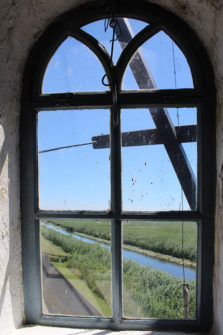
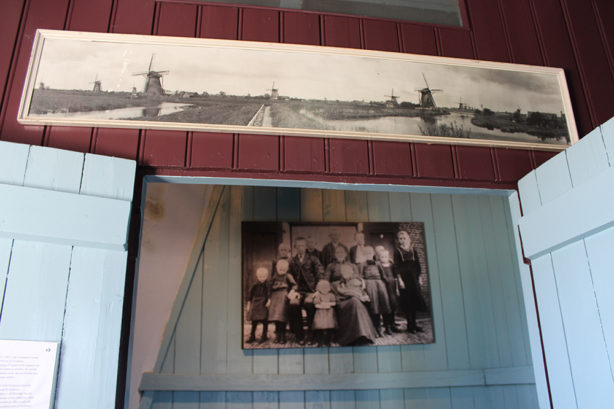
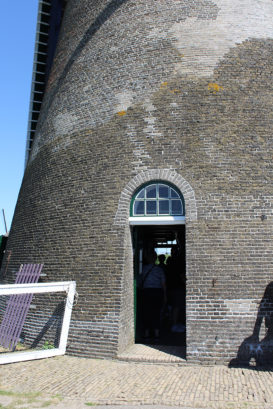
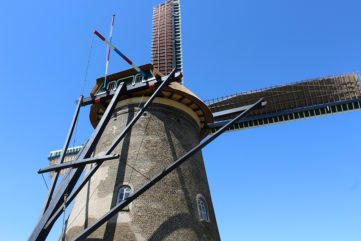

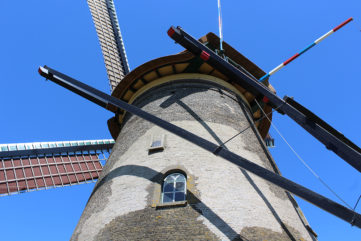
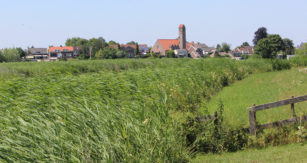
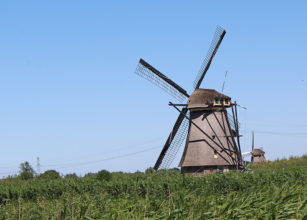
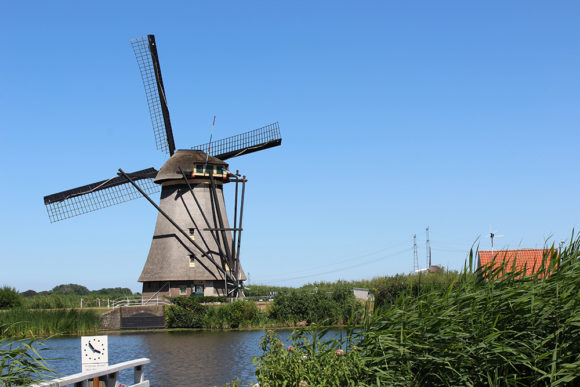

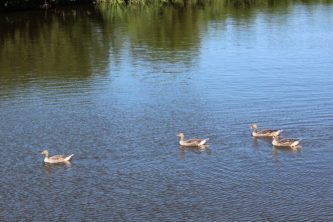
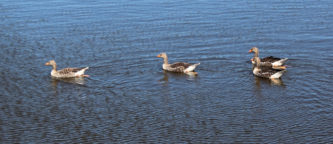
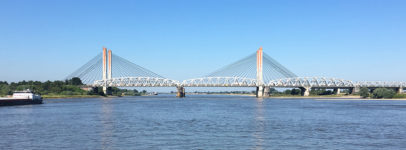







Comments are closed here.